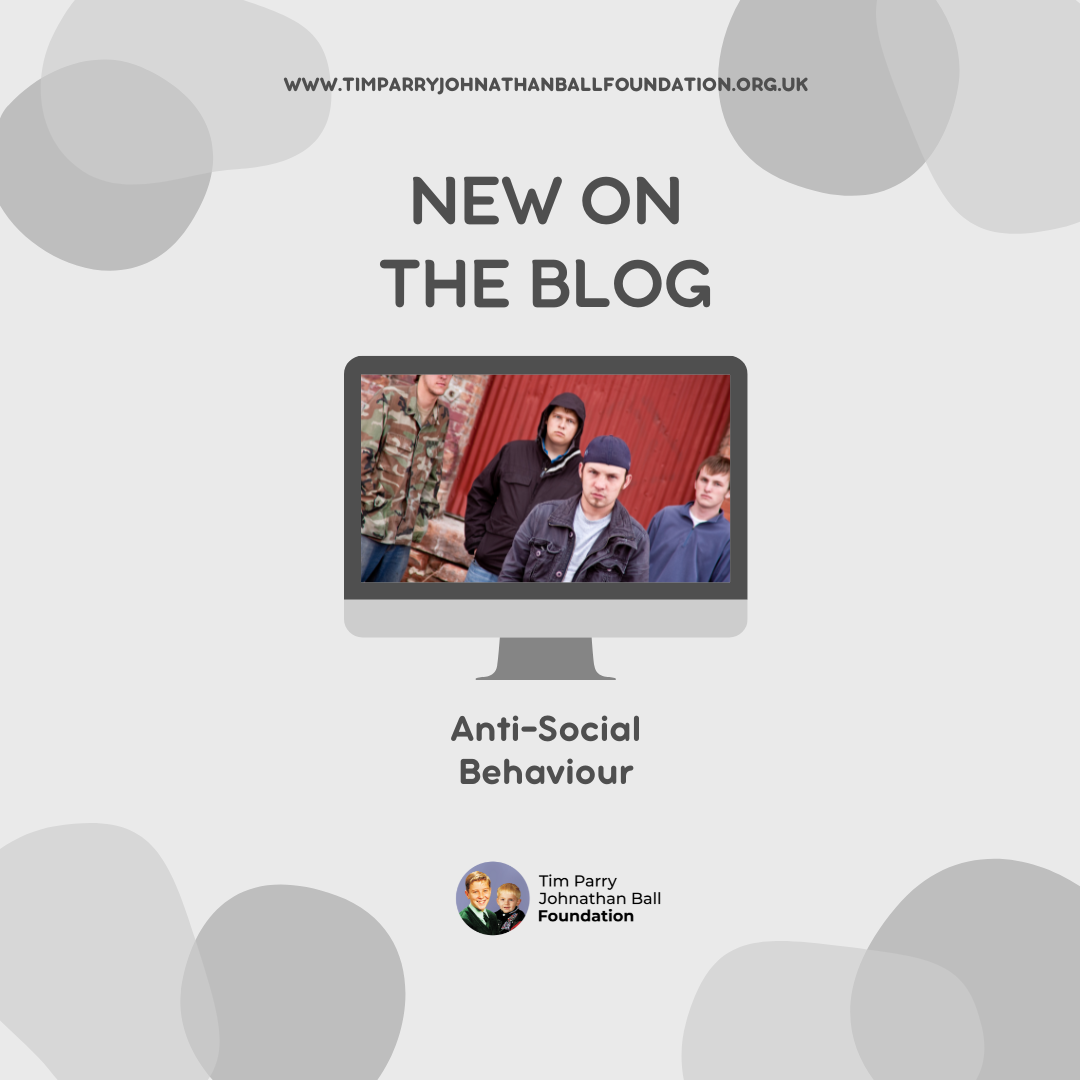
Children and Anti-social behaviour. What are the causes?
General misbehaviour is common among children. However, repeated, and persistent defiance, a display of aggression, destructive tendencies, and violent behaviour can amount to childhood anti-social behaviour.
Children show negative, as well as positive social behaviours as they develop and mature, and if not addressed early, it can lead to more serious problems which may persist into adulthood.
What is Anti-social behaviour (ASB)?
ASB refers to hostile, aggressive actions which violate the rights of others, cause harm to society, and impact the basic rights of others.
Examples of ASB include:
- Harming or injuring others.
- Damaging property
- Disruptive, noisy behaviour in quiet neighbourhoods
- Threatening, drunken behaviour.
- Nighttime noise between 11 pm and 7 am
- Drinking alcohol on the street
- Setting off fireworks late at night
- Abandoning cars on the street.
ASB is most directed at family members, teachers, peers, or other adults, and may be present in children as young as 3 or 4 years old.
There are three main categories depending on how many people are affected:
Personal antisocial behaviour – when a person targets a specific individual or group.
Nuisance antisocial behaviour – when a person causes trouble, annoyance or suffering to a community.
Environmental antisocial behaviour – when the person’s actions affect the wider environment, such as public spaces or buildings.
Boys present a higher risk of exhibiting antisocial behaviours than girls, in part because generally, they have more freedom to roam and engage in ASB.
Environmental Factors
Personality – Individuals with low levels of empathy and high impulsivity are predictors of cyber aggression and antisocial behaviour online.
Parenting styles – Authoritarian, strict, lacking in warmth and using punishment.
Genetics – Lower cognitive and academic abilities, truancy, lower self-control, and criminal offending.
Neighbourhood – boys from low-income families, adjacent, or close to, more affluent neighbours, show higher levels of ASB.
School Environment – failing to meet a child’s basic psychological needs at school, affects their prosocial and antisocial behaviours.
Adverse childhood experiences – Early age adversities, such as maltreatment, abuse and difficulties at school are associated with an increased risk of aggressive and antisocial behaviour.
Antisocial behaviour in girls may also be under-recognised, as it is insufficiently studied despite girls representing a growing proportion of violent offenders.
Other risk factors in child family setting:
- Use of punishment and coercion
- Parental mental health
- Economic distress and poverty
- Parental history of antisocial behaviour and substance misuse.
Early prevention.
Early intervention is the most effective way to prevent antisocial behaviour in children. Here at the Tim Parry Johnathan Ball Foundation, we work with schools and offer positive discipline strategies for teachers and parents, to help children learn acceptable behaviours as they grow.
We equip them to deal with their aggression by incorporating strategies into their education.
To find out how you can work with us contact info@timjonfoundation.org.uk or call us on 01925 571231.

